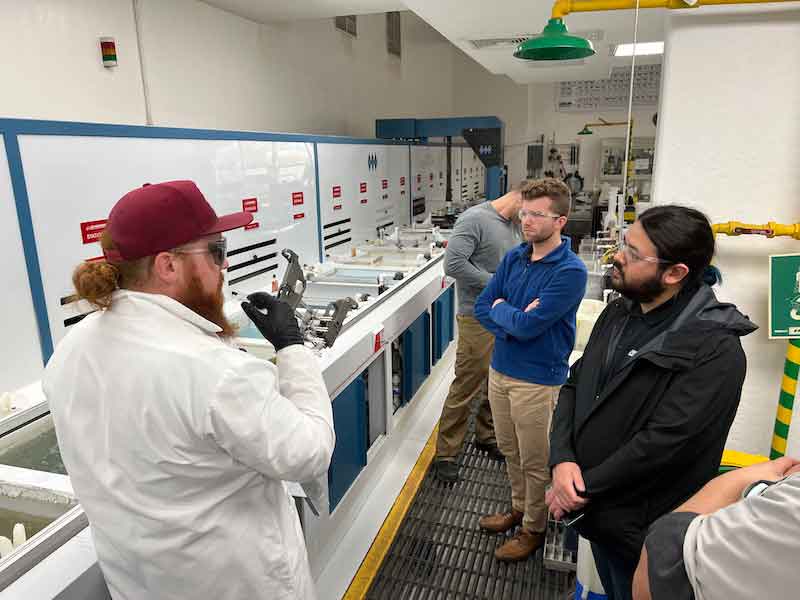I am a stern believer in the philosophy that we are all life-long learners. It always seems to me that just when we feel we have learned it all — and figured it all out — that something comes along that we haven't seen before, and we need to learn how to use it effectively and safely.
That is why a big part of the June 2022 issue is devoted to training and the idea that you can always teach old dogs new tricks, although I will be the first to admit that I don't see too many dog tricks these days.
I spent the better part of a week earlier this year sitting through a training class — and I have to admit I truly know very little about — in anodizing in western Nevada near Lake Tahoe at the Chemeon Surface Technology HQ and came away with a whole new perspective on what it takes to run finishing lines these days.
Sitting amongst several people from anodizing shops and also a few high-level OEMs, I came away from the training with a better understanding of how so many variables need to be taken into consideration to finish a part properly.
And these were not all newbies to the finishing industry, mind you. Many of them have had several years in the business, but it didn't seem they actually went through any formal training when they started their careers, and they simply picked a lot of things up from the person in the shop they learned from.
So it was refreshing to see how, when they sat in the classroom in front of a Ph.D. who specializes in aluminum anodizing that they were somewhat in awe of the information they were receiving, including the fact that, yes, there is a rhyme and reason for every step of the process, and any deviation — no matter how slight or small — will affect the finish in so many ways.
In addition to the shops that were in attendance, there were also a few OEMs that decided to get a better idea of just what this black magic called anodizing was all about.
Walt Tarr from Toyota Motor North America's R&D facility in Ann Arbor, Michigan, came to learn more about anodizing and to hear the expertise of others. He says in his daily job as an engineer, he must sometimes go outside of the facility to get information on issues and troubleshooting.
"For better or for worse, everything is based on suppliers in the automotive industry," Tarr says. And so that is why Tarr says he spends as much time as he can talking to job shops and suppliers such as Chemeon, who put on the training several times a year.
In this issue, you will see what the training was all about and also learn where you or your teams can get additional training in finishing and coating if that is what you need. And who doesn't need more training? Unless you have over 10,000 hours of doing something over and over again, you will never master a process — or so they say — therefore, hearing from the masters is often the second-best way to get that information.
I encourage all shop owners and managers to provide their staff with the training and expertise they not only need but that they also deserve.
Just when you think you have learned it all, something else is bound to pop up and show you that you haven't. That is the beauty of the industry.




 Tim Pennington is Editor-in-Chief of Finishing and Coating, and has covered the industry since 2010. He has traveled extensively throughout North America visiting shops and production facilities, and meeting those who work in the industry. Tim began his career in the newspaper industry, then wound itself between the sports field with the PGA Tour and marketing and communications firms, and finally back into the publishing world in the finishing and coating sector. If you want to reach Tim, just go
Tim Pennington is Editor-in-Chief of Finishing and Coating, and has covered the industry since 2010. He has traveled extensively throughout North America visiting shops and production facilities, and meeting those who work in the industry. Tim began his career in the newspaper industry, then wound itself between the sports field with the PGA Tour and marketing and communications firms, and finally back into the publishing world in the finishing and coating sector. If you want to reach Tim, just go 





















